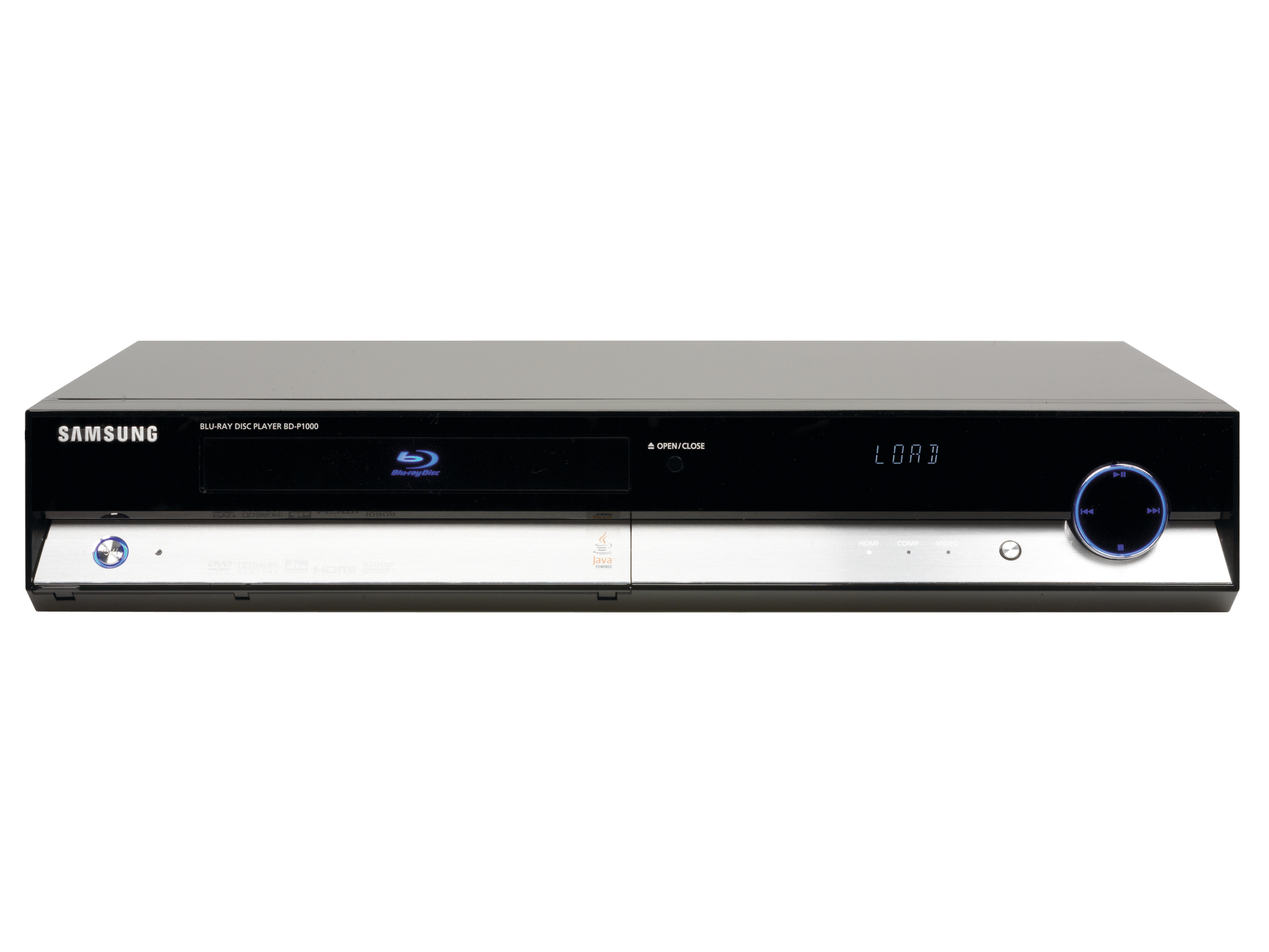TechRadar Verdict
Notable omissions on the spec sheet make this Blu-ray player something of a letdown - especially at this price
Pros
- +
Looks great
Cons
- -
Convoluted resolution manipulation
Expensive for what you get
Why you can trust TechRadar
Originally priced at £1,000 when it first appeared, you can now pick up the BD-P1000 for approximately £700 (John Lewis). Many online retailers have this 1080p-capable Blu-ray player (that can also upscale regular DVDs to 1080p) on sale for under £500.
There is also the added bonus of a memory card reader and a nice design that's streets ahead of the rather drab-looking DMP-BD10A from Panasonic. Sadly, proceedings take a sharp nosedive when you take a closer look at that 1080p output.
Artificial engineering
The BD-P1000 has a decoder chip that can actually only handle a 1080i input. It then converts this to 1080p, and when you consider that before it does this it has to downgrade the incoming 1080p signal to 1080i, you realise that there are two artificial conversion processes undertaken to get a 1080p picture on your screen. This is far from ideal and slightly farcical to boot.
A Faroudja DCDi scaling system is used for this, but, while we're more than happy to see this employed for upscaling regular DVDs, we'd rather it wasn't pressed into service in the HD arena.
Playback compatibility does not include DVD-Audio, and the analogue audio outputs are in a 5.1 configuration, rather than the superior 7.1. High resolution playback is limited to Dolby Digital Plus and doesn't include Dolby True HD.
It's also worth noting that there is no RGB Scart output (but you shouldn't be using one on a Blu-ray player anyway) and no Ethernet connection either.
Our reservations about the conversion processes needed for a 1080p output are borne out when the Blu-ray deck is pressed into action with our test action movie of S.W.A.T. A 1080p picture just does not look any better than a 1080i one - in fact, it sometimes looks noisier.
Sign up for breaking news, reviews, opinion, top tech deals, and more.
The picture is not as sharp as that of the Panasonic DMP-BD10A and large areas of white or grey (such as walls) often display an unpleasant amount of noise. Colours and sharpness are not as eye-popping as we would expect and hope from a next-generation video system. The overall effect is simply disappointing.
Agreed, the picture is often much better than DVD, but it isn't good enough to justify that expansive price tag. What's more, with Blu-ray software variable at the moment you often aren't getting the best the format can offer.
Preferential treatment
Upscaling of DVDs is effective, but it's not as good as the best DVD players out there (as was the case with the Panasonic model). Audio performance is very good, but a 7.1-channel analogue output would have been preferable to the 5.1 version offered.
It all adds up to a bit of a letdown. The Samsung BD-P1000 certainly looks the hi-tech part, but it's a classic case of great looks not matching up with its performance.
Tech.co.uk was the former name of TechRadar.com. Its staff were at the forefront of the digital publishing revolution, and spearheaded the move to bring consumer technology journalism to its natural home – online. Many of the current TechRadar staff started life a Tech.co.uk staff writer, covering everything from the emerging smartphone market to the evolving market of personal computers. Think of it as the building blocks of the TechRadar you love today.
